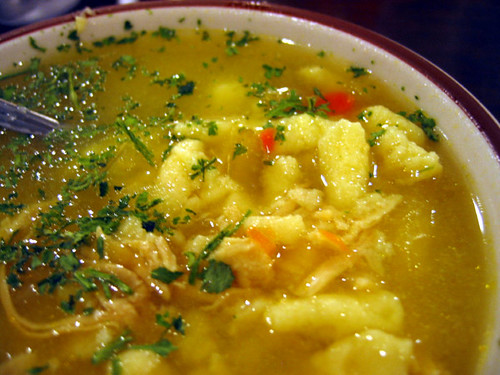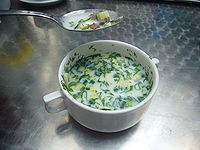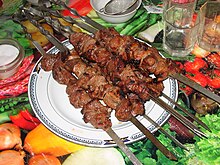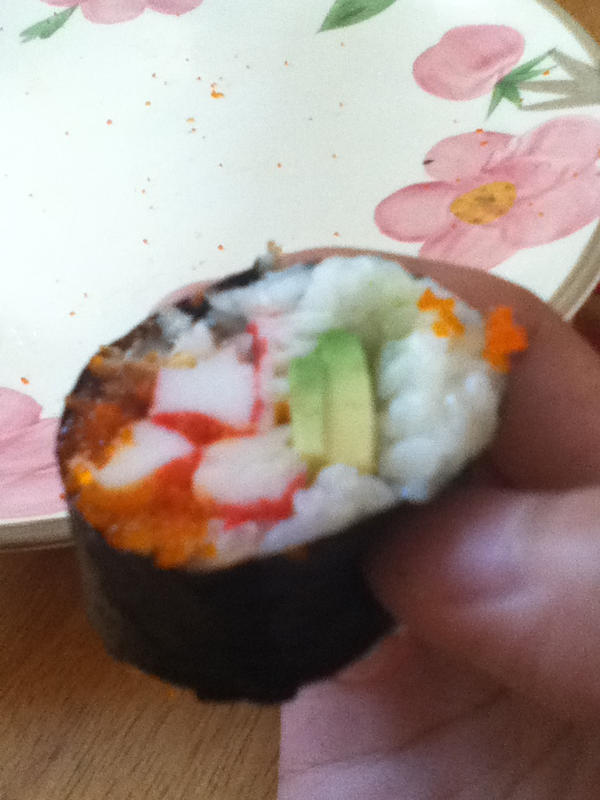

![]() by Sianomarsud » Sun May 29, 2011 7:56 pm
by Sianomarsud » Sun May 29, 2011 7:56 pm

![]() by Heningrad » Sun May 29, 2011 8:01 pm
by Heningrad » Sun May 29, 2011 8:01 pm

![]() by Bratoslovoukia » Sun May 29, 2011 8:25 pm
by Bratoslovoukia » Sun May 29, 2011 8:25 pm

![]() by Auridia » Tue May 31, 2011 7:04 am
by Auridia » Tue May 31, 2011 7:04 am

![]() by Urmanian » Tue May 31, 2011 7:11 am
by Urmanian » Tue May 31, 2011 7:11 am

![]() by Ruskarkand » Tue May 31, 2011 7:15 am
by Ruskarkand » Tue May 31, 2011 7:15 am

![]() by The Supreme Truth » Tue May 31, 2011 7:17 am
by The Supreme Truth » Tue May 31, 2011 7:17 am

![]() by The Kangaroo Republic » Tue May 31, 2011 7:23 am
by The Kangaroo Republic » Tue May 31, 2011 7:23 am
Version 3 of the Kangaroo Republic started on 9 March, 2014
>>Go to factbook<<
Other names for the Kangaroo Republic: The Federation, FKR, The Federal Kangaroo Republic
Demonym: Macropodine, KanganNS resident kangaroo furry and therian.
Demsoc, Pro BLM, Pro Antifa
Big ol' non-binary duder

![]() by Secular Sweden » Tue May 31, 2011 7:25 am
by Secular Sweden » Tue May 31, 2011 7:25 am


![]() by Cairn Gorm » Tue May 31, 2011 7:26 am
by Cairn Gorm » Tue May 31, 2011 7:26 am

![]() by H-Alba » Tue May 31, 2011 7:31 am
by H-Alba » Tue May 31, 2011 7:31 am


![]() by The Kangaroo Republic » Tue May 31, 2011 7:33 am
by The Kangaroo Republic » Tue May 31, 2011 7:33 am
Version 3 of the Kangaroo Republic started on 9 March, 2014
>>Go to factbook<<
Other names for the Kangaroo Republic: The Federation, FKR, The Federal Kangaroo Republic
Demonym: Macropodine, KanganNS resident kangaroo furry and therian.
Demsoc, Pro BLM, Pro Antifa
Big ol' non-binary duder

![]() by Demen » Tue May 31, 2011 7:34 am
by Demen » Tue May 31, 2011 7:34 am



![]() by Levi Simon n Ruben » Tue May 31, 2011 7:43 am
by Levi Simon n Ruben » Tue May 31, 2011 7:43 am
The Kangaroo Republic wrote:We macropodines love grass. (No seriously, we FREAKING LOVE grass.)
As such, we have found many different culinary uses for grass:
Baked Grass, Cooked Grass, Fried Grass, Grassburgers, Grass Pizzas, Grass Tea, Grass Soup, etc.
Also, we actually distinguish between different types of grass and we find certain types of grass to have distinct tastes, so we may sometimes want to use a certain type of grass over an other type of grass when preparing food because of the taste differences.
It is also quite normal to eat your backyard if there's nothing else. You could also eat your front lawn too, but most macropodines don't like eating in public when it's not in a restaurant or some other food establishment.

![]() by Vestr-Norig » Tue May 31, 2011 7:54 am
by Vestr-Norig » Tue May 31, 2011 7:54 am

![]() by Secular Sweden » Tue May 31, 2011 7:55 am
by Secular Sweden » Tue May 31, 2011 7:55 am
The Kangaroo Republic wrote:Is that what all the women in your nation look like? If so, I feel sorry for you guys.


![]() by Sibirsky » Tue May 31, 2011 8:09 am
by Sibirsky » Tue May 31, 2011 8:09 am








![]() by Sremski okrug » Tue May 31, 2011 8:10 am
by Sremski okrug » Tue May 31, 2011 8:10 am

-171850.jpg)
IC: The Socialist Federal Republic of Yugoslavia.The IMF and World Bank are terrorist organizations.
"Our future destiny rests with us, sometimes this makes us afraid but then we remember we have Partisans blood and we know what we're here for. You can count on us" - Day of Youth
"We're Tito. Tito is Ours"

![]() by The Kangaroo Republic » Tue May 31, 2011 8:14 am
by The Kangaroo Republic » Tue May 31, 2011 8:14 am
Levi Simon n Ruben wrote:The Kangaroo Republic wrote:We macropodines love grass. (No seriously, we FREAKING LOVE grass.)
As such, we have found many different culinary uses for grass:
Baked Grass, Cooked Grass, Fried Grass, Grassburgers, Grass Pizzas, Grass Tea, Grass Soup, etc.
Also, we actually distinguish between different types of grass and we find certain types of grass to have distinct tastes, so we may sometimes want to use a certain type of grass over an other type of grass when preparing food because of the taste differences.
It is also quite normal to eat your backyard if there's nothing else. You could also eat your front lawn too, but most macropodines don't like eating in public when it's not in a restaurant or some other food establishment.
What types of grass? Grama grass? Stipas? Festcues? Wild Ryes? Bromes? We don't eat grass but we know a lot about it. Have to to produce lambs. Although we do eat humus it's not our staple food. Lamb Kababs, Peta Bread, and Isreali Salad are our most common dishes
Version 3 of the Kangaroo Republic started on 9 March, 2014
>>Go to factbook<<
Other names for the Kangaroo Republic: The Federation, FKR, The Federal Kangaroo Republic
Demonym: Macropodine, KanganNS resident kangaroo furry and therian.
Demsoc, Pro BLM, Pro Antifa
Big ol' non-binary duder

![]() by Imeriata » Tue May 31, 2011 8:30 am
by Imeriata » Tue May 31, 2011 8:30 am
Astralsideria wrote:You, sir, are the greatest who ever did set foot upon this earth. If there were an appropriate emoticon, I would take my hat off to you.
Altamirus wrote:^War! War! I want to see 18th century soldiers go up againist flaming cats! Do it Imeriata! Do it Now!

![]() by New Lusitaniagrad » Tue May 31, 2011 8:56 am
by New Lusitaniagrad » Tue May 31, 2011 8:56 am

![]() by Veceria » Tue May 31, 2011 9:01 am
by Veceria » Tue May 31, 2011 9:01 am
Zeth Rekia wrote:You making Zeno horny.
DesAnges wrote:People don't deserve respect, they earn it.
FoxTropica wrote:And then Hurdegaryp kissed Thafoo, Meanwhile Fox-Mary-"Sue"-Tropica saved TET from destruction and everyone happily forever.
Then suddenly fights broke out because hey, it's the internet.

![]() by --Greater Britannia-- » Tue May 31, 2011 9:22 am
by --Greater Britannia-- » Tue May 31, 2011 9:22 am

![]() by Helghast empire » Tue May 31, 2011 4:16 pm
by Helghast empire » Tue May 31, 2011 4:16 pm



![]() by Soviet Russya » Wed Jun 01, 2011 7:02 am
by Soviet Russya » Wed Jun 01, 2011 7:02 am

Advertisement
Return to Factbooks and National Information
Users browsing this forum: -Terrapacis-, Lehpuhrta, Russo-Austria, Victorious Decepticons
Advertisement